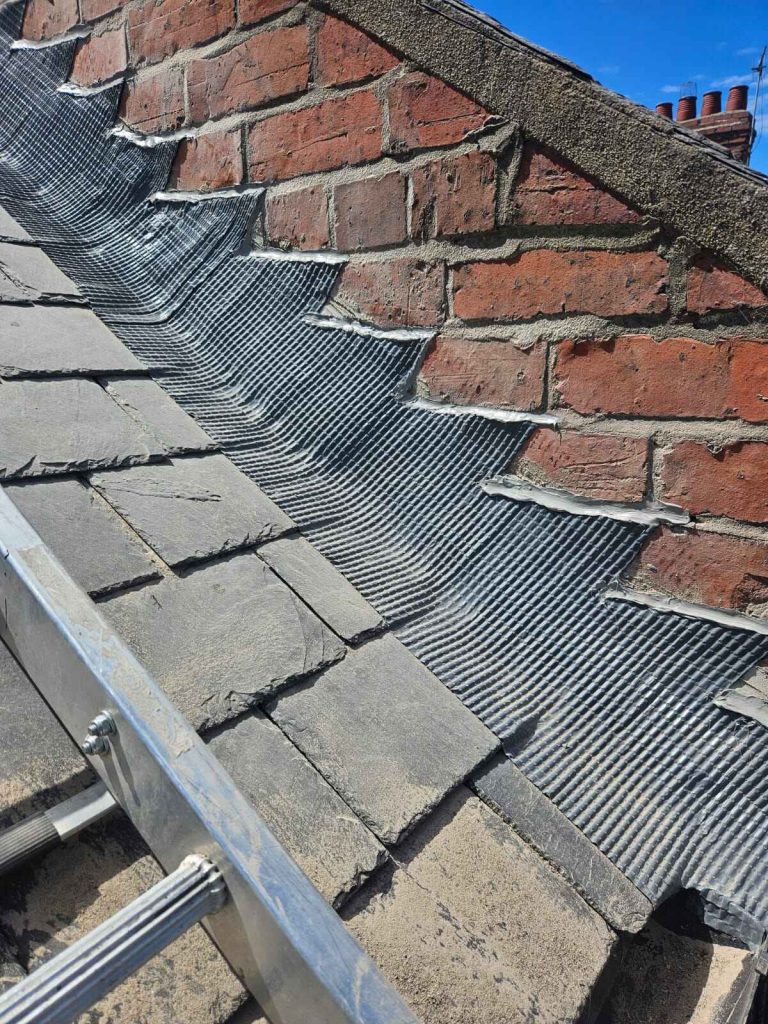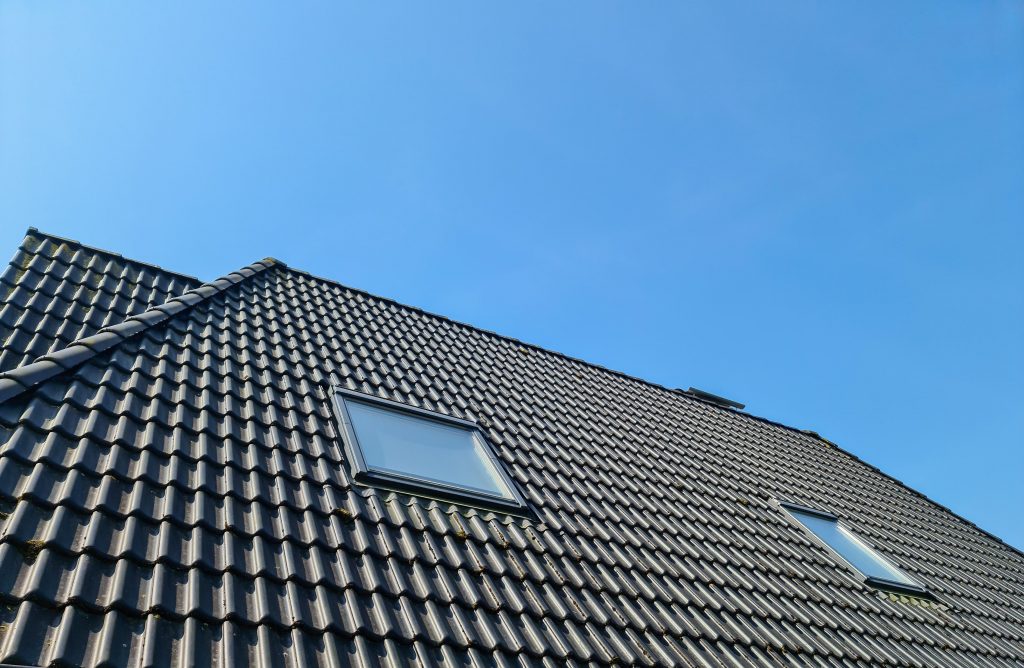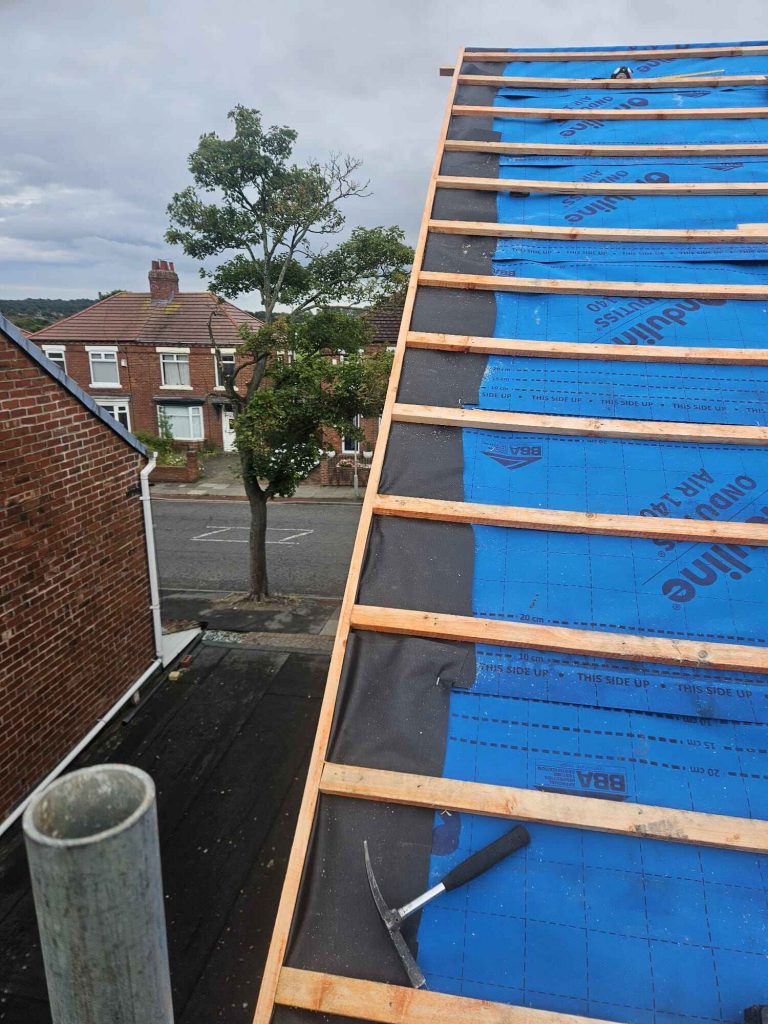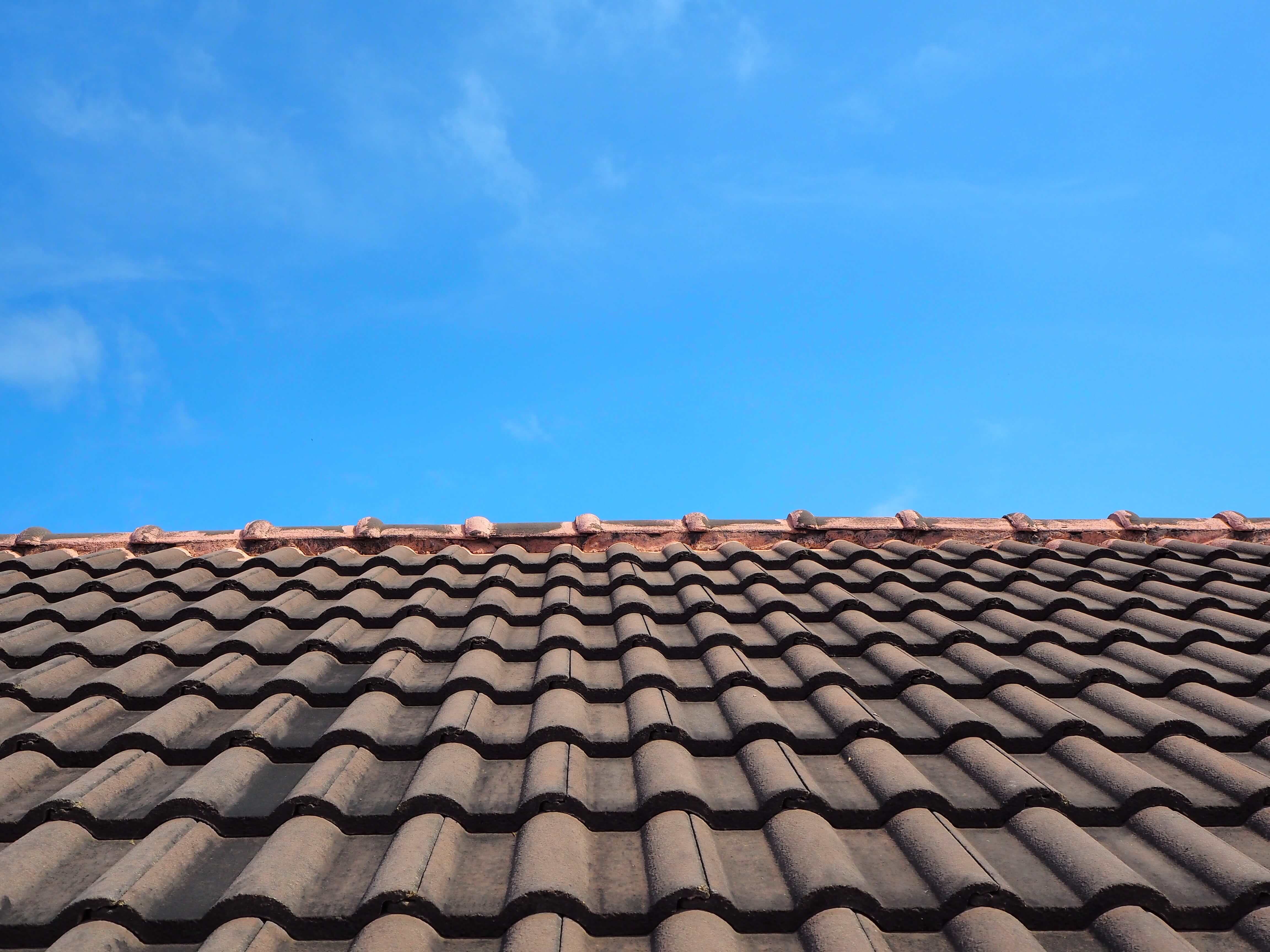Conclusion
Flashing may be a hidden part of your roof, but it plays a vital role in keeping your home dry and protected. It prevents leaks and extends the lifespan of your roof by shielding vulnerable areas from water infiltration. Whether you’re installing a new roof or maintaining an existing one, ensuring that your flashing is in good condition is essential to prevent costly water damage.
At SPS Roofing Services, we offer expert installation and repair services for roof flashing. Whether you need a minor repair or a full replacement, our experienced team is here to help protect your home. Contact us today for a consultation or to schedule a roofing inspection.

Give us a call
07746 134 412




